Kaynak: www.theguardian.com
Soon after his election in 2016, Philippine president Rodrigo Duterte launched his so-called “war on drugs”, a bloody campaign in which as many as 30,000 civilians were killed.
Most of the victims were men from poor, urban areas, who were gunned down in the streets or their homes by police, or in some cases, unidentified assailants.
The authorities routinely claimed police had killed in self-defence. However, groups documenting the killings have challenged this claim, alleging the police regularly falsified evidence, including by planting drugs and guns at the scene. Witnesses frequently stated that victims were unarmed and did not pose a threat. The type of wounds sustained by victims also contradicted police claims: many were shot multiple times, and in some cases in their backs or the back of their heads.
Duterte is facing an investigation by the international criminal court for crimes against humanity over the killings. He is accused of encouraging and even incentivising the killings, and allowing police to act with impunity.
After taking office, Duterte publicly stated that he would kill suspected drug dealers and urged the public to kill addicts. Even as the killings prompted international alarm, Duterte remained committed to the campaign, saying “many will die, plenty will be killed until the last pusher is out of the streets”.
It has been alleged in parliamentary committee hearings this month that Duterte’s office paid officers up to 1m pesos (£13,200) per killing during the crackdowns, depending upon the target.
He has denied that such payments were made, or that he authorised extrajudicial killings. However, he has admitted to maintaining a death squad of criminals to kill other criminals while serving as a mayor.
Duterte told a senate hearing in October that he took “full legal responsibility” for the crackdown.
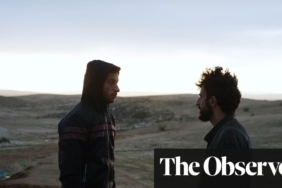
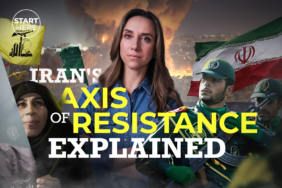
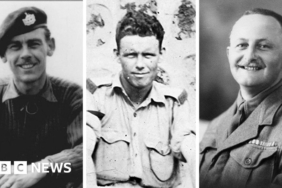
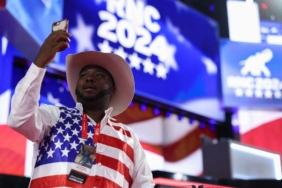
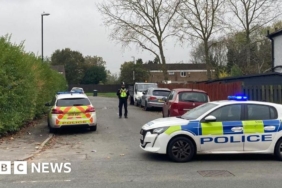

Yorumlar kapalı.